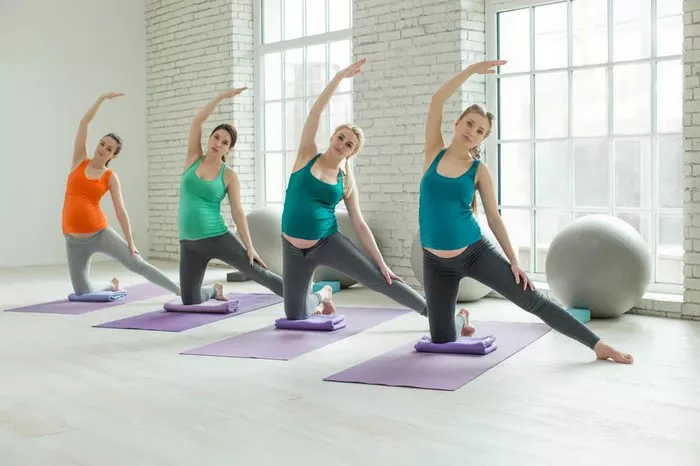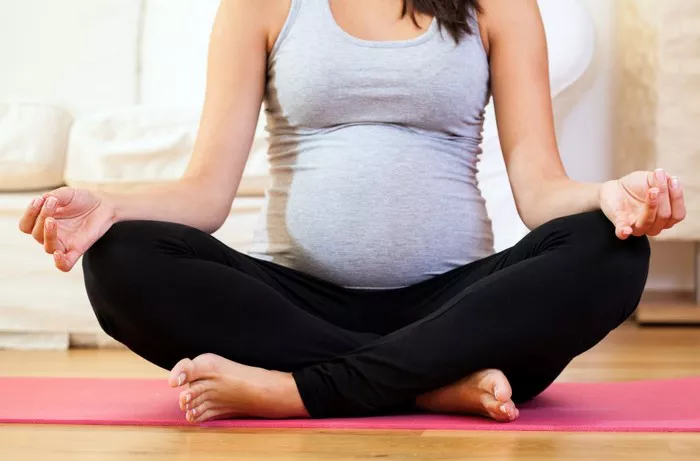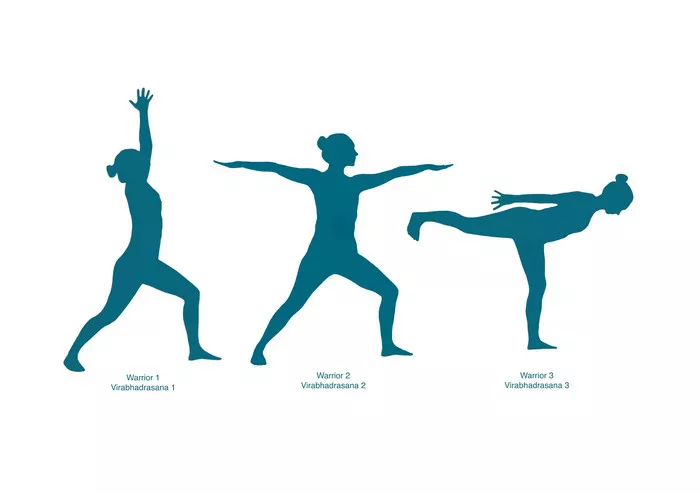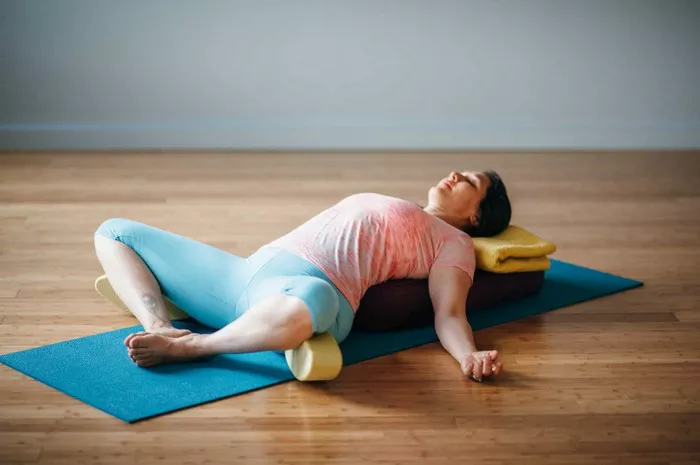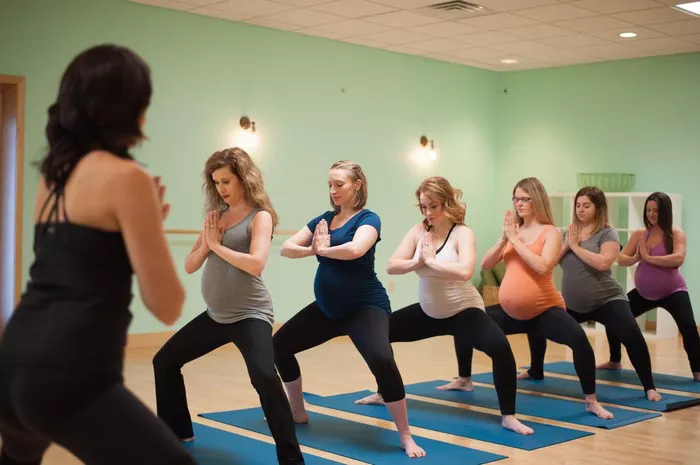With the rising popularity of holistic wellness practices, many fitness enthusiasts are exploring whether yoga can serve as a full replacement for traditional weight training. Yoga offers a wide array of physical and mental benefits, from improved flexibility and balance to stress reduction. Meanwhile, weight training has long been a cornerstone of muscle development and metabolic health. This guide explores the capacities and limitations of both, helping readers make informed choices based on their fitness goals.
Understanding the Purpose of Weight Training
Weight training, also known as resistance or strength training, involves using weights to create resistance that muscles must work against. The primary goals include building muscle mass, increasing muscular strength, improving bone density, and boosting the metabolic rate. It is often structured with progressive overload, where the weight or resistance increases over time to continually challenge the muscles. This makes it especially effective for hypertrophy (muscle growth), strength gains, and fat loss.
What Yoga Offers Physically
Yoga is a discipline that combines physical postures, breathing exercises, and meditation. On a physical level, it enhances flexibility, balance, and muscle endurance. Certain forms of yoga, such as Power Yoga or Ashtanga Yoga, involve dynamic and physically demanding movements that can increase heart rate and work muscles against body weight. While yoga does build strength to some degree, its intensity and resistance levels are generally lower compared to traditional weight training.
Comparing Muscle Building: Yoga vs Weight Training
- Muscle Hypertrophy: Weight training directly targets muscle hypertrophy through resistance overload. In contrast, yoga primarily builds lean muscle through isometric holds and bodyweight resistance.
- Targeted Training: Weight training allows precise targeting of muscle groups using machines or free weights. Yoga involves compound movements that engage multiple muscles at once but lacks isolated targeting.
- Progressive Overload: In weight training, resistance is increased systematically. While advanced yoga poses increase in difficulty, they lack the quantitative measure of progression that weightlifting offers.
In summary, while yoga does improve muscle tone, it does not match weight training in building large muscle mass.
Metabolic Benefits and Fat Loss
Both yoga and weight training contribute to fat loss, but through different mechanisms. Weight training elevates resting metabolic rate by increasing lean muscle mass. This means your body burns more calories at rest. Yoga, particularly when practiced regularly and vigorously, improves insulin sensitivity and reduces cortisol levels, which can also support fat loss. However, its calorie burn is generally lower unless it is a high-intensity form of yoga.
Unordered Benefits:
- Improved hormonal balance
- Reduced stress and cortisol
- Enhanced body awareness
- Muscle preservation with weight training
- Higher resting calorie burn with muscle mass
While yoga can support a healthy weight, it is typically less effective than weight training for those looking to maximize fat loss.
Bone Density and Joint Health
Resistance training is known to enhance bone density by stressing the skeletal system, prompting bones to grow stronger. This is crucial for preventing osteoporosis and fractures, especially in aging populations. Yoga also supports bone health by encouraging weight-bearing through poses like Downward Dog or Warrior, but it does not offer the same mechanical load as lifting weights. However, yoga’s focus on joint mobility and alignment can reduce the risk of injury and improve joint longevity.
Cardiovascular Health Considerations
Weight training, particularly in circuit formats or with short rest periods, can offer cardiovascular benefits. Meanwhile, styles like Vinyasa and Power Yoga also provide aerobic benefits, increasing heart rate and circulation. However, neither should be solely relied upon for optimal heart health if the goal is to meet the American Heart Association’s recommendations for cardiovascular exercise, which include 150 minutes of moderate-intensity activity weekly.
Functional Strength and Daily Movement
Yoga improves functional strength by enhancing coordination, balance, and range of motion. This translates well into everyday activities and can prevent injury. Weight training, especially when including compound movements like squats and deadlifts, also enhances functional capacity but with more emphasis on raw strength. Combining both may be ideal for those seeking comprehensive physical preparedness.
Mental and Emotional Benefits
One major strength of yoga lies in its mental and emotional benefits. The meditative aspects help reduce anxiety, increase mindfulness, and enhance emotional regulation. These outcomes are supported by research showing that regular yoga practice decreases levels of stress hormones and improves overall mood. While weight training also contributes to mental well-being—thanks to endorphin release and a sense of accomplishment—it lacks the introspective and meditative elements integral to yoga.
Time Efficiency and Accessibility
Weight training often requires access to a gym or equipment, structured programming, and sufficient recovery time between sessions. Yoga, on the other hand, can be practiced almost anywhere with minimal equipment. This makes yoga more accessible for people with limited resources or time constraints. However, for those aiming for rapid physical transformation, weight training usually yields faster visible results.
Ordered Summary:
- Weight training = structured, equipment-dependent, fast results
- Yoga = accessible, portable, holistic benefits
- Best outcome = combining both modalities for balance
Injury Risk and Recovery
Both practices carry a risk of injury if done improperly. Poor form in weight training can lead to strains and overuse injuries, especially without proper supervision. Yoga, despite being gentler, is not risk-free—joint hyperextension, poor alignment, or pushing into advanced poses can lead to injuries. However, yoga generally supports recovery due to its emphasis on flexibility, breath, and controlled movement. Many athletes use yoga as a recovery tool post-strength training.
Can Yoga Fully Replace Weight Training?
For individuals with specific strength goals or those seeking significant muscle gains, yoga is not a full replacement. It cannot replicate the resistance and progressive overload needed for hypertrophy or maximal strength. However, for general fitness, mobility, mental wellness, and moderate strength, yoga can serve as a primary or complementary modality.
Scenarios Where Yoga Might Suffice:
- Rehabilitation and injury recovery
- Beginners starting a fitness routine
- People with time or space constraints
- Individuals prioritizing stress reduction and mobility
Optimal Strategy: A Hybrid Approach
Many fitness experts advocate for a hybrid approach that incorporates both yoga and weight training. This method provides the muscular and metabolic benefits of strength training, alongside the flexibility, balance, and mindfulness benefits of yoga. Alternating between both modalities, or even integrating yoga-inspired warm-ups and cooldowns into weight training routines, can optimize results.
Unordered Hybrid Benefits:
- Improved recovery and injury prevention
- Balanced physique development
- Enhanced focus and mental clarity
- Better posture and mobility
Combining both practices allows individuals to reap the strengths of each while mitigating the limitations.
Conclusion
Yoga offers a wide spectrum of physical, mental, and emotional benefits, making it a valuable tool for overall well-being. However, it cannot fully replicate the muscle-building and metabolic effects of traditional weight training. The most effective approach for most individuals is not to choose one over the other but to find a balanced integration of both. This ensures a comprehensive fitness regime that supports strength, flexibility, endurance, and inner peace.
Related Topics:

